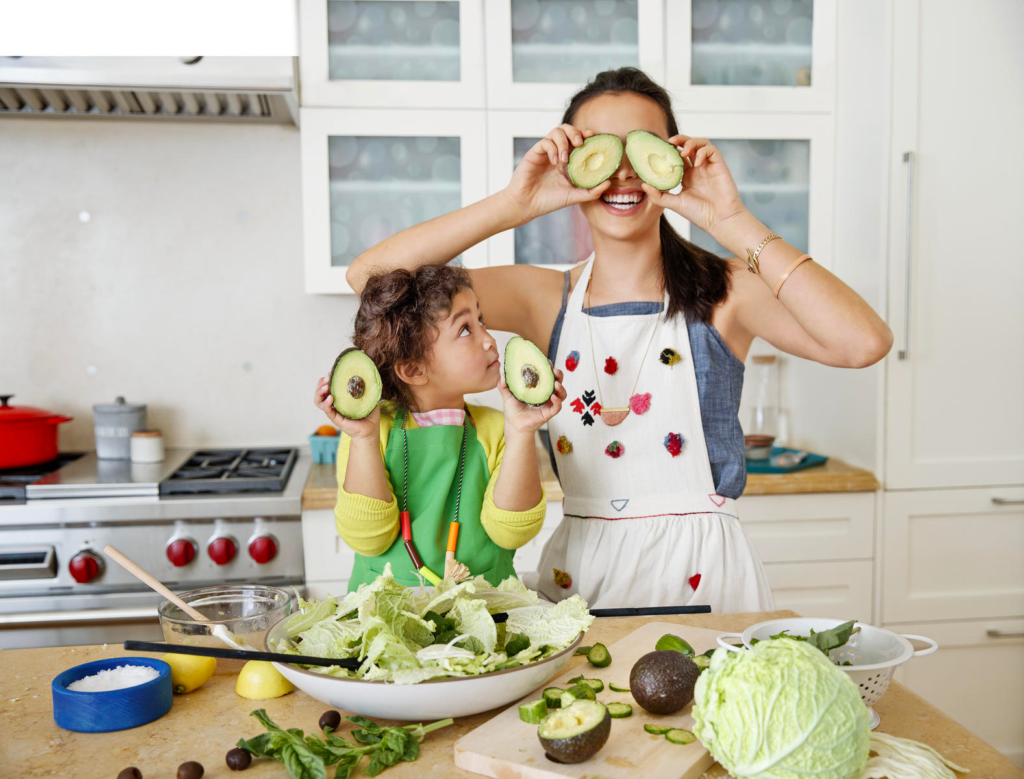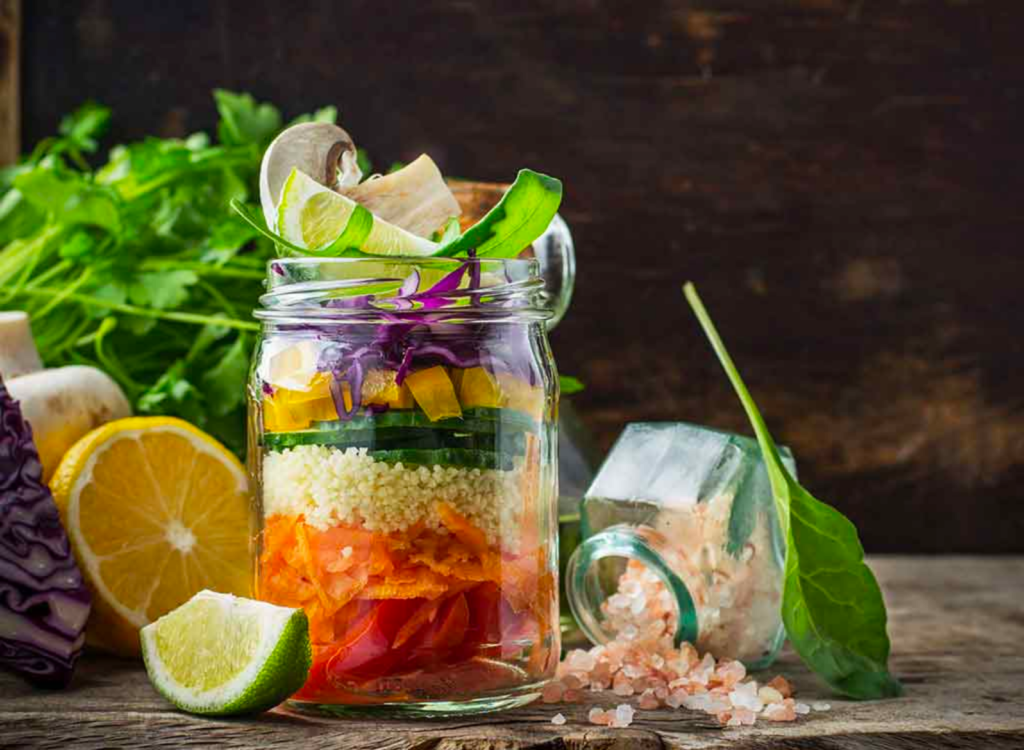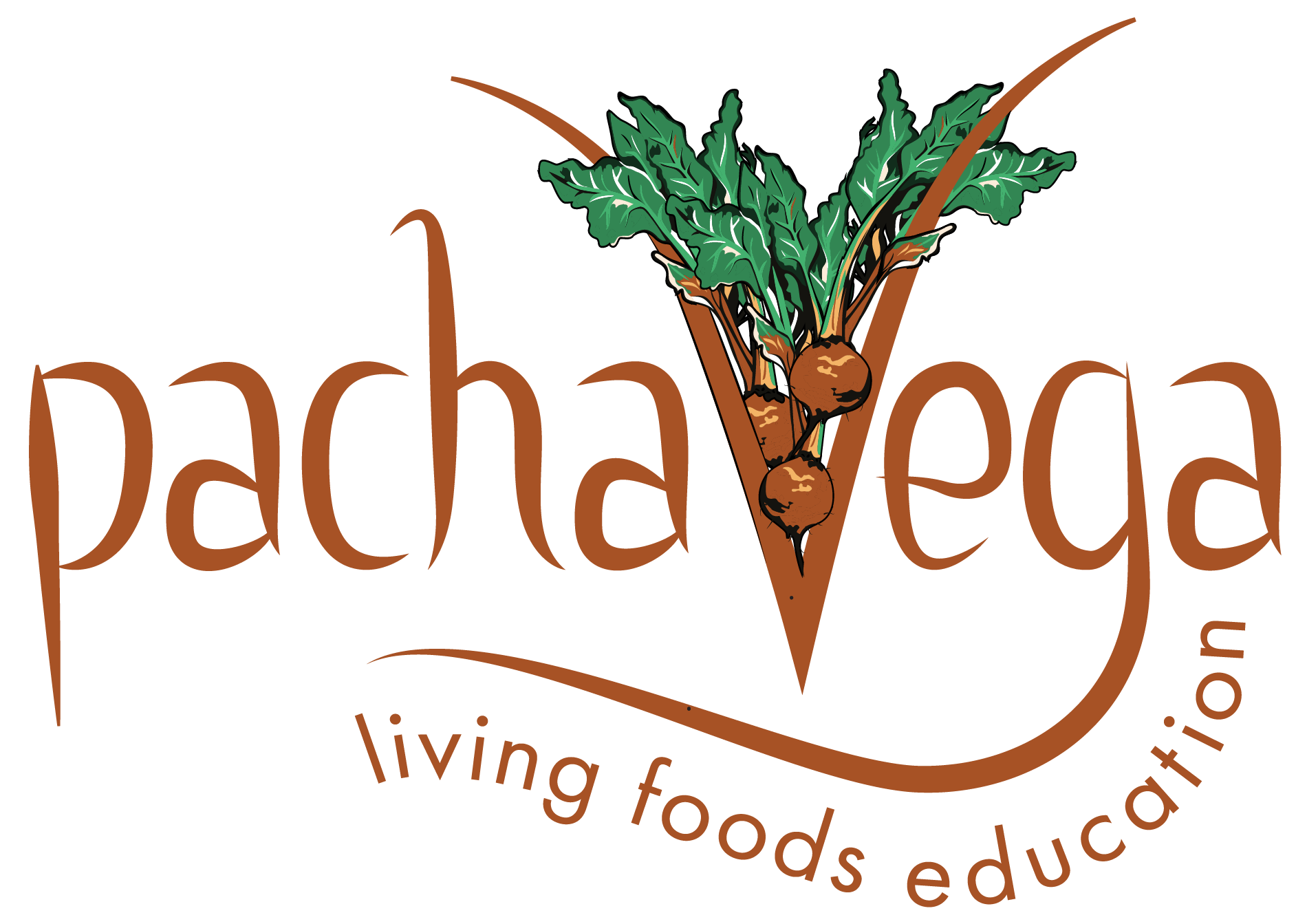
Food for Fertility, Pregnancy, and Childhood (Part Three)
Food for Fertility, Pregnancy, and Childhood (Part Three)

Food for Fertility, Pregnancy, and Childhood (Part Three)
Part 3: How to feed your children to strengthen their DNA, help fight disease, and support the best growth possible.
Healthy eating for children can:
- Stabilize their energy.
- Improve their minds.
- Even out their moods.
- Help them maintain a healthy weight.
- Help prevent mental health conditions. These include depression, anxiety, and ADHD.
We can use mealtime as a way to get to know who our little ones are. Get them talking; ask them about their day. Use it as a time to teach them about the different foods on their plate. For example, “These almonds help give you beautiful skin, and guess where they grow? On trees!” Kids are curious creatures, so fuel them with fun facts.
Get Involved
One of the best ways to get your kids to branch out and try new things is to get them involved. Get them to come to the grocery store with you and pick out a fun new fruit or vegetable. Grow a garden together at home. Microgreens and herbs are both super easy to grow at home and packed with nutrients.
Kids also make the cutest sous chefs. You can give them small tasks to do, like grabbing fruits out of the fridge and laying them organized on the table. Or washing vegetables in the sink. Make something fun and colorful, like fruit or vegetable skewers. You can make the plate a garden, with broccoli for trees, carrots for people, and squash as the sun. Have it be their little creative project.
Eat the Rainbow
The 9 most essential parts of a child’s diet are a healthy dose of fats, protein, carbohydrates, calcium, iron, folate, fiber, vitamin A, and vitamin C. The good news is that this is easily covered if we simply eat the rainbow.
- Red fruits and vegetables help protect the heart. They are loaded with antioxidants that helps improve brain function and lower the risk of heart disease. They contain high levels of B vitamins, vitamin C, and folate among others. Red bell peppers, strawberries, beets, tomatoes, watermelon, cherries, and radishes are all super delicious and fun to make dishes with.
- Blue fruits and vegetables are important for memory, urinary tract health, and healthy digestion. They contain lots of vitamin C, fiber, flavonoids, and vitamin D. Blueberries, red cabbage, blackberries, plums, purple peppers, and purple endives are all beautiful and delicious.
- Green vegetables and fruits boost the immune system, fight harmful free radicals, normalize digestion, lower cholesterol, and support retinal health. They contain high levels of chlorophyll, fiber, calcium, folate, vitamin C, and beta-carotene. Think cucumbers, arugula, spinach, kale, celery, zucchini, kiwifruit, and honeydew melon.
- Orange and yellow vegetables and fruits promote collagen formation and healthy joints, fight harmful free radicals, encourage a balanced pH level, and pair well with magnesium and calcium for healthy bones. They are loaded with beta-carotene, flavonoids, potassium, and vitamin C. Look to oranges, lemons, carrots, squash, yellow peppers, yellow tomatoes, pineapples, mangos, butternut squash, peaches, chickpeas, and papayas.
- Violet and white fruits and vegetables help activate natural killer B and T cells; reduce the risk of colon, breast, and prostate cancers; and balance hormone levels. They contain beta-glucans, EGCG’s (reduces inflammation), and lignans that all elicit powerful immune-boosting activity. A rather interesting group here. It includes ginger, seaweed, quinoa, brown rice, kelp, sesame seeds, hemp hearts, and pumpkin seeds.
Have the little ones decorate their plates with all colors of the rainbow. Make it a challenge to eat every color each day. This is such an important time in their lives. And a wonderful opportunity to bond and teach them little life lessons.

Mason Jar Rainbow Meal to Go!
Ingredients:
- Red: red pepper/radish/strawberries
- Orange: carrots/butternut squash noodles/pumpkin
- Yellow: yellow pepper/yellow tomatoes/chick peas/pineapple
- Green: baby greens/kale/romaine
- Blue: blueberries
- Indigo: red cabbage
- Violet/white: quinoa/brown rice/kelp noodles/sesame seeds/pumpkin seeds/hemp hearts
Procedure: Have your kids layer a variety of vegetables, fruits, nuts and seeds to resemble a rainbow. Following the ROYGBIV pattern, optional. Pour sauce over top before serving.
*Note: Be sure to cut the food below into pieces appropriate for the child’s age. Remind the kiddos to chew really well too.
Best Kids Salad Dressing
Ingredients:
- ¼ cup fresh basil
- ½ cup sun dried tomatoes
- ¼ cup Brazil nuts or Pumpkin Seeds (nut-free)
- ¼ cup olive oil or flax oil
- ½ tbsp dulse
- 1 tbsp hemp hearts
- 1 tbsp tahini
- 1 tbsp sauerkraut
- 3 tbsp apple cider vinegar
- pinch of pink salt
- 2 cloves garlic, optional
Procedure: Blend all in the High-speed blender until smooth and creamy. Serve with mason-jar salad.
